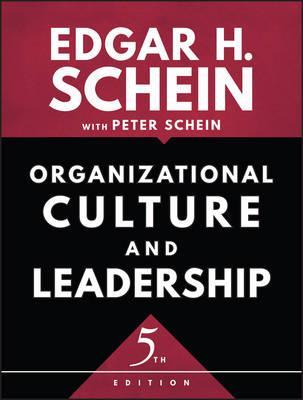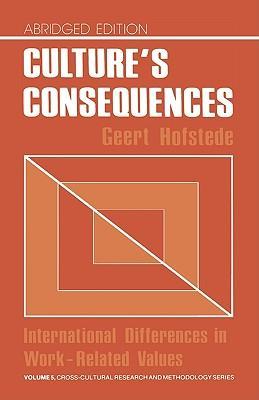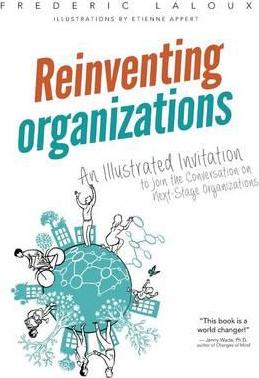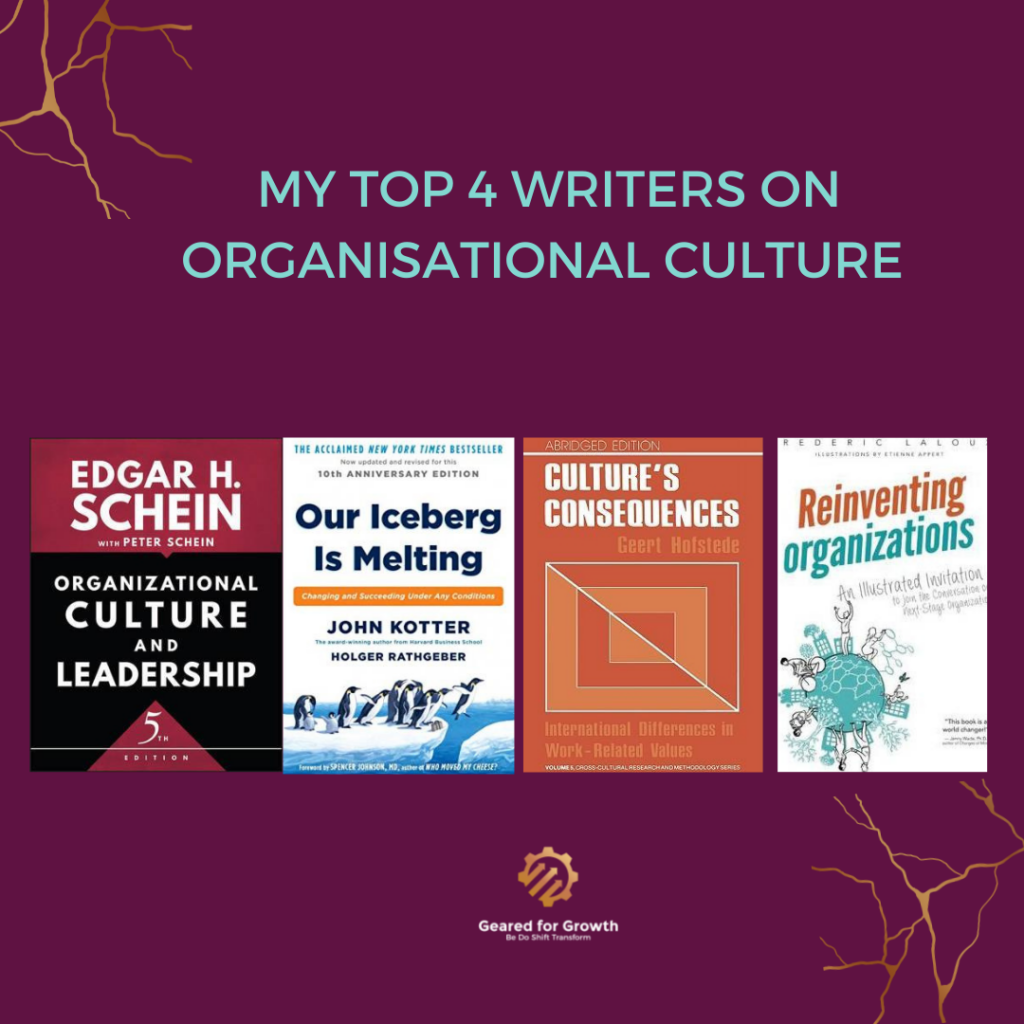I have dedicated a majority of my working life to building strong organisational cultures. I am obsessed with culture because I believe it is fundamental to the success of any organisation, and in particular, that it is the foundation to motivating a company’s most important asset, its people.
A strong and clear organisational culture breaks barriers of ambiguity. It unifies teams, improves workflows, and supports the decision-making process. It brings out the best in employees by motivating them to achieve company goals and going above and beyond for the organisation.
Often leaders and HR professionals share their must-reads, so I thought it was time to share mine.
Here are my top 4 writers
#1 EDGAR H. SHEIN
Edgar H. Schein is a Professor of Management at M.I.T. and one of the founders of organisational psychology. He coined the term “Corporate Culture”. He believes that organisations take time to develop their cultures as employees go through various changes, experiences, and attitudes that form the culture within the organisation.
Schein proposes that there are three levels in an organisation’s culture, namely: artefacts, values, and assumed values.
- The first level is composed of the tangible characteristics of the organisation. Those that can be easily viewed, heard, and felt by individuals like the dress code of employees, the office furniture, and facilities.
- A deeper level of organisational culture is the espoused values of the company, which include the goals of the organization, mindset of employees and how they react to situations and problems.
- The third level is the assumed values of employees which include certain beliefs and facts that may be intangible but do affect the culture of the organisation. These include unconscious beliefs, perceptions, thoughts and feelings.
In his book, Organizational Culture and Leadership, Schein “analyses and illustrates through cases the abstract concept of culture and shows its importance to the management of organisational change.”

#2 JOHN KOTTER
John Kotter is regarded by many as the authority on organisational culture change and leadership. He is a best-selling author, award-winning business and change management thought leader, business entrepreneur, inspirational speaker, and Harvard Professor. His HBR article “Accelerate!”, won the 2012 McKinsey Award for the world’s most practical and groundbreaking thinking in the business/management arena.
His book, Our Iceberg Is Melting (2017), speaks about overcoming skepticism and leaping into a better and sustainable future. Professor Kotter outlines 8 steps that organisations can take to avoid failure and survive in a fast-changing world.
The 8 steps in the process of change include:
- Creating a sense of urgency,
- Forming powerful guiding coalitions,
- Developing a vision and a strategy,
- Communicating the vision,
- Removing obstacles and empowering employees for action,
- Creating short-term wins,
- Consolidating gains, and
- Strengthening change by anchoring change in the culture.

#3 PROFESSOR GEERT HOFSTEDE
Professor Geert Hofstede conducted one of the most comprehensive studies of how values in the workplace are influenced by organisational culture. His articles on organisational culture have been published in social science and management journals around the world.
He is recognised internationally for having developed the first empirical model of “dimensions“ of national culture. This established a new paradigm for taking into account cultural elements in international economics, communication, and cooperation. These dimensions include Power Distance Index, Individualism vs. Collectivism, Masculinity vs. Femininity, Avoidance, Long-Term Orientation vs. Short-Term Orientation, Indulgence vs. Self Restraint.
- Power distance describes how members of society expect and accept an uneven distribution of authority, resources, and privileges.
- Individualism describes how members of a society feel obligated either to the interests of the community at large or to their own personal interests.
- Masculinity vs. Femininity describes how societies prize traditionally masculine traits such as toughness and assertiveness in public life.
- Avoidance describes how members of a society see issues in rigid, black-and-white terms and thus the degree to which they are disturbed by change and uncertainty.
- Long-Term Orientation vs. Short-Term Orientation describes how members of society perceive a consistent, interconnected thread running through the past, present, and future.
- Indulgence vs. Self-Restraint describes how a society’s relationship to pleasure and self-discipline and the abandon with which members of a society express themselves.
Later, he also developed a model for organisational culture. For more information about the 6 organisational culture dimensions in his model, check this interactive model.
Geert Hofstede’s seminal 1980 book, Culture’s Consequences: International Differences in Work-Related Values, according to Oxfordbibliographies.com, “is the most influential work on culture in the field of international management.”

#4 FREDERIC LALOUX
Frederic Laloux is the author of the book Reinventing Organizations: A Guide to Creating Organizations Inspired by the Next Stage of Human Consciousness. This book is considered one of the most important management guides of the past decade.
It calls to those of us who sense that something is broken with management in organisations and that we need to adopt radically more human centric and soulful, practices that optimise engagement and trust in an organisation.
Laloux suggests that organisations evolve in the same way that human consciousness does. He describes five stages of organisational structure and culture:
- Red (impulsive) – Characterised by enforcing authority through power. Focus is on division of labor, top-down authority
- Amber (conformist) – A common understanding of what is right is internalised according to what the majority believe and think. Focused on replicable processes, a stable organisation chart
- Orange (achievement) – Organisational members perceive the world as predictable, and understood via rationality and scientific method. Characterised by – innovation, accountability, meritocracy.
- Green (pluralistic) – Inclusion and equality drive this type of organization, relationships and affiliations are important and shape the organisational culture. Empowerment, values-driven culture, and stakeholder value are key.
- Teal (evolutionary) – The world is seen as neither fixed nor machine-like. Instead, it’s viewed as a place where everyone is called by an inner voice to contribute based on their unique potential. Characteristics include self-management, wholeness, evolutionary purpose.


